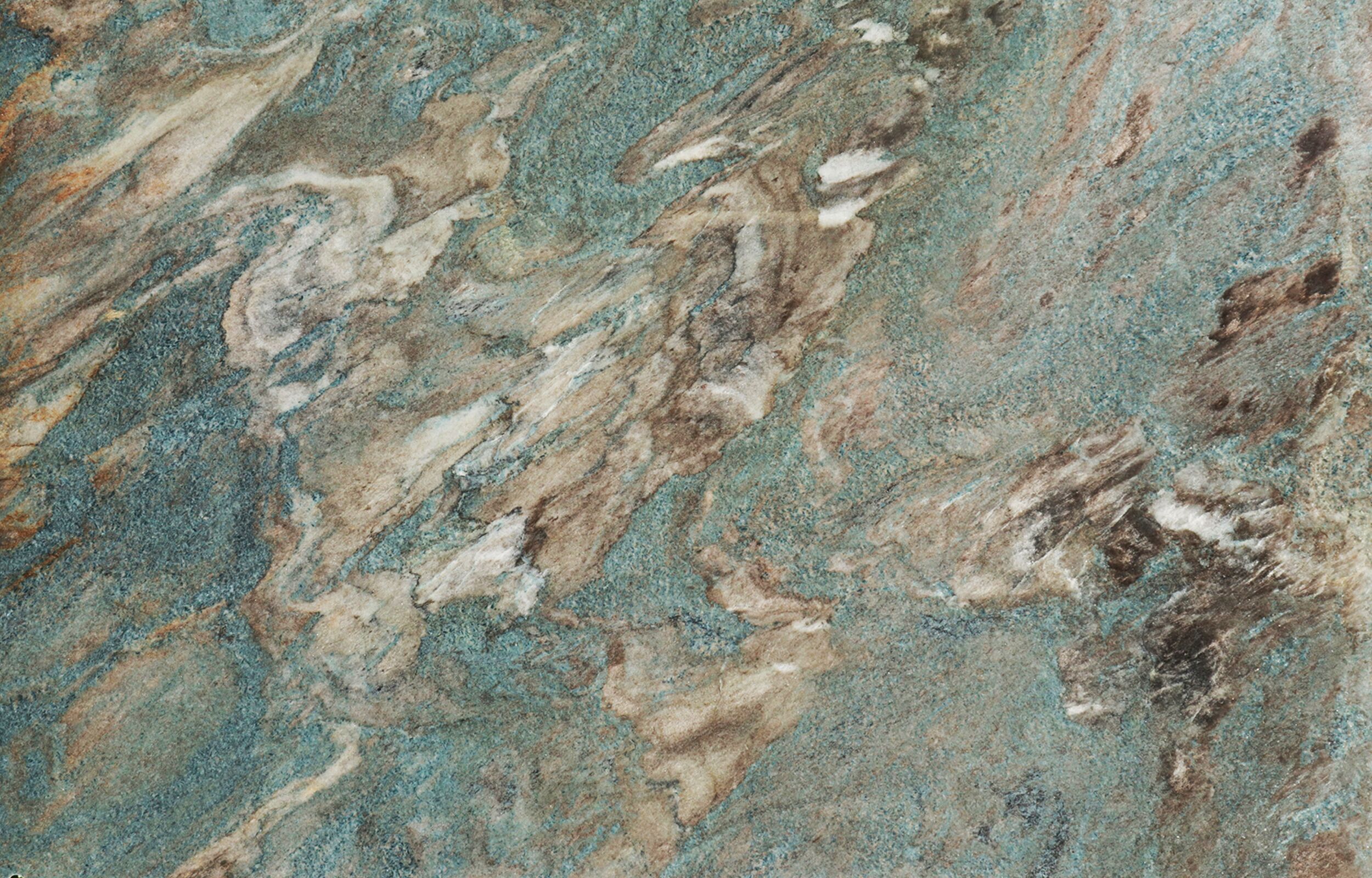Quartzite is a natural stone that has captured the attention of designers, architects, and homeowners alike. Known for its durability, stunning aesthetic appeal, and unique natural patterns, this stone is a popular choice for countertops, flooring, and wall cladding. But what exactly is this natural stone, and why has it become such a sought-after material in the world of design? Let’s explore the origins, characteristics, and applications of this remarkable stone.
The Origin of Quartzite
Quartzite begins its journey as sandstone, a sedimentary rock composed mainly of quartz grains. Over time, under the influence of intense heat and pressure, the sandstone undergoes a metamorphic process. This transformation re-crystallizes the quartz grains and fuses them together, creating a dense, hard rock known as quartzite.
The process of metamorphism gives this stone its incredible strength and resistance to wear and tear, making it harder than both granite and marble. Additionally, the high quartz content gives this stone its characteristic sparkle and translucence, which are highly prized in interior design.
Characteristics of Quartzite
Quartzite is renowned for several key characteristics:
- Durability: Quartzite is one of the hardest natural stones available, ranking between 7 and 8 on the Mohs hardness scale. This makes it highly resistant to scratching, chipping, and abrasion, making it an ideal choice for high-traffic areas.
- Heat Resistance: Because it is formed under extreme heat, quartzite can withstand high temperatures without being damaged, making it a perfect surface for kitchen countertops.
- Low Porosity: Unlike marble, this stone is relatively non-porous, which means it is less prone to staining. However, it is still recommended to seal quartzite surfaces to protect them from potential spills.
- Unique Aesthetic: Quartzite’s natural beauty is one of its most attractive features. It comes in a range of colors, from pure whites to soft pastels, deep greys, and even vibrant blues and greens. The stone’s natural veining and patterns can mimic the appearance of marble, but with added durability.
Common Applications of Quartzite
This stone’s combination of beauty and strength makes it a versatile material suitable for various applications, including:
- Countertops: Quartzite countertops are a popular choice for kitchens and bathrooms. They offer the elegance of marble with greater durability, making them resistant to daily wear and tear.
- Flooring: Due to its hardness, this stone is an excellent option for flooring, especially in high-traffic areas like hallways, kitchens, and living rooms. Its natural slip resistance also makes it suitable for outdoor spaces like patios and pool surrounds.
- Wall Cladding: Quartzite can be used as an eye-catching wall cladding material, adding texture and a sense of luxury to both interior and exterior walls.
- Fireplaces: The heat resistance of quartzite makes it an ideal material for fireplace surrounds, combining both functionality and aesthetics.
Maintenance and Care
While this natural stone is a durable and low-maintenance material, it does require some care to keep it looking its best. Regular cleaning with mild soap and water is usually sufficient for everyday maintenance. To protect the stone from potential staining, it’s recommended to seal quartzite surfaces periodically.
Avoid using harsh chemicals or abrasive cleaners, as they can damage the sealant and dull the stone’s finish. With proper care, quartzite surfaces can retain their beauty and functionality for many years.
Conclusion
Quartzite is a natural stone that offers an unbeatable combination of beauty, durability, and versatility. Whether you’re considering it for your countertops, flooring, or wall cladding, quartzite can bring a touch of luxury and resilience to any space. Its natural patterns, wide range of colors, and robust physical properties make it an ideal choice. For those looking to invest in a material that will stand the test of time.

